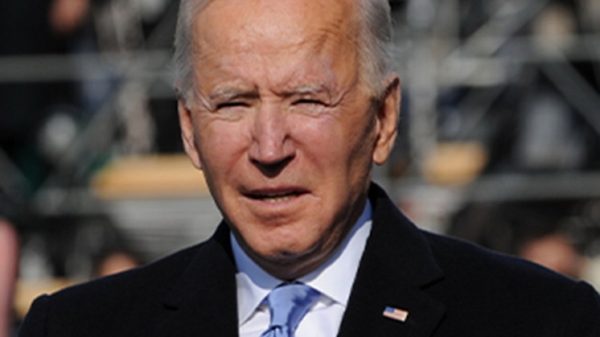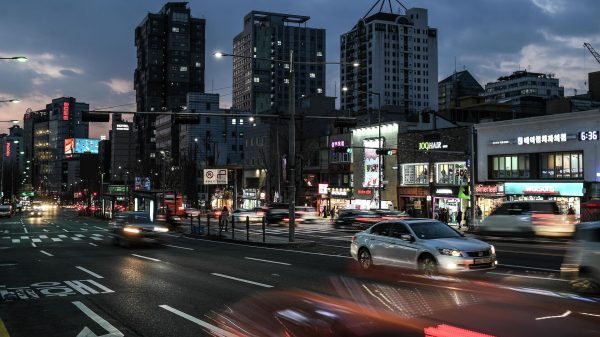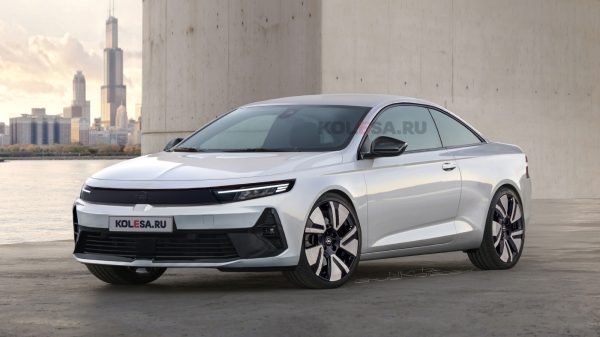China is to publish a new blueprint for its economy on Friday, with vast implications for the future of the planet – including whether the goals of the Paris climate agreement are likely to be met.
The five-year plan, of which this will be the 14th since 1953, forms the cornerstone of economic governance for the one-party state, and sets out social and environmental aspirations as well as GDP and industrial targets.
China is the world’s biggest emitter of greenhouse gases, as well as the second biggest economy after the US. Global carbon emissions must halve by the end of this decade to have a chance of holding global heating well below 2C above pre-industrial levels, as set out in the Paris accord, so China’s role will be decisive.
Nicholas Stern, the climate economist, told the Guardian: “The investments of this decade, particularly in infrastructure, will determine whether we have any chance of keeping to the Paris targets. China will be a focal point for economic growth in this crucial decade … [the plan] is of absolutely central importance to the world’s future.”
Q&A What does net zero mean?
Show
Hide
Net zero emissions springs from the Paris agreement, though the goal was not made explicit in the treaty’s text. World leaders set the 2C limit, and the aspirational limit of 1.5C, at Paris based on advice from the Intergovernmental Panel on Climate Change, the leading body of the world’s climate scientists, which has over years worked out that 2C was the threshold of safety, beyond which the ravages of climate breakdown were likely to become catastrophic and irreversible. Even at 1.5C, many low-lying areas could flood from sea level rises and storm surges.
After Paris, the IPCC was asked to advise further on the emissions cuts needed to stay within those limits. Building on its previous findings, the world’s climate science authority established in 2018 that emissions would have to reach zero around mid-century, and that this could be achieved if emissions were halved in the next decade or so.
That clear scientific backing helped to establish net zero emissions by 2050 as the standard that must be achieved.
Net zero emissions means reducing emissions as far as possible, and balancing out whatever remains by increasing carbon sinks, for instance by growing trees or restoring wetlands and peatlands. Phasing out coal, switching to renewable energy, the more efficient use of energy, and moving to electrified transport will all be key. Nuclear power may also play a role, and some countries such as China and France are investing in a new generation of reactors. Carbon capture and storage technology, by which carbon dioxide from large sources as gas-fired power plants or industrial units is captured at source, liquefied and piped into large underground chambers, such as depleted oilfields, is also likely to be needed, in varying amounts according to different analyses.
Some scientists believe we also need to start to capture carbon dioxide directly from the air. One method of doing this involves crushing up limestone rocks to spread chalk dust on fields. The limestone absorbs carbon, and the dust improves the soil.
Was this helpful?
Thank you for your feedback.
Xi Jinping, the president of China, surprised the world in September when at the UN general assembly, held virtually for the first time, he announced that the country would seek to cut its emissions to net zero by 2060.
That target is in line with scientific advice – the whole world must reach net zero emissions around mid-century to stay within 2C – but politically it was seismic. China’s previous position at climate talks was that the developed countries of the west, with their long history of industrialisation, must take on tough obligations to cut their emissions first, while emerging economies, such as China, India and Brazil, could continue to increase theirs.
If China’s net zero target is met, along with those of other countries – the US, the EU, the UK, Japan, South Korea and many smaller countries also plan to reach net zero by 2050 – then the world has a good chance of keeping to 2C, according to Climate Action Tracker.
But though China’s net zero target is essential, it is four decades away. What happens now is crucial, because carbon dioxide poured into the atmosphere today will still be there, overheating the planet, in a century. That means countries must stop adding to the stock of carbon in the air as soon as possible, and stop building high-carbon infrastructure such as coal-fired power plants that will have an operating life of decades.
“To achieve the Paris targets, emissions must turn down in the next couple of years,” said Stern. “Realistically, that cannot happen unless emissions in China start to fall.”
Xi said in September that China’s emissions would peak before 2030. Most experts regard that as too late to have a realistic chance of meeting the Paris goals, however, and allowing emissions to carry on rising for a decade would encourage the continued building of fossil fuel infrastructure. They want to see China set a tougher target, and many regard a peak date of 2025 as within China’s power to achieve.
Laurence Tubiana, the chief executive of the European Climate Foundation, and the French diplomat who led the Paris negotiations, said: “[Peaking in] 2025 seems possible, all the modelling by Chinese teams points to that, and it’s not too late. But 2030 or around 2030 would be too late, there is no ambiguity about that.”
World needs to kick its coal habit to start green recovery, says IEA head
Read more
The impacts of the coronavirus pandemic may make an early peak harder to achieve, however. China’s emissions dropped suddenly last year, as lockdowns took hold, then swiftly climbed again as restrictions eased. In its efforts to restart the economy after the Covid-19 shock, China turned to an old standby: the country brought forward stalled investments in coal-fired power plants. China approved more new coal-fired power generation in the first half of last year than in the whole of the previous two years, according to Global Energy Monitor and the Centre for Research on Energy and Clean Air.
Bernice Lee, a research director for futures at the Chatham House thinktank, said the rest of the world must understand that China’s dependence on coal for energy, industry and millions of jobs runs deep, and try to find ways of engaging rather than admonishing China.
“People always ask why can’t China move faster away from coal. It is hard in China, like it is hard in many other places: it is about real people on the ground, industries, powerful lobbies, bureaucratic fights, and inertia,” she said. “But a better question for us to ask ourselves is: what can the rest of the world do to encourage China – and others, like India – to move faster away from coal?”
The question of China’s peak year for emissions is unlikely to be resolved in Friday’s five-year plan. Instead, the government is likely to set out its economic blueprint, including targets for GDP growth, and gesture towards environmental, social and climate aims without setting them out in detail.
However, Beijing faces another deadline. This November, world governments will meet in Glasgow for vital UN climate talks, called Cop26. Under the Paris agreement, countries were supposed to set out in 2020 fresh commitments on cutting or curbing greenhouse gas emissions between now and 2030. That timetable slipped because of the Covid-19 pandemic but the UN has made it clear it wants new national plans for 2030 – called nationally determined contributions, or NDCs – from all major countries before Cop26.
The EU, the UK, Japan and about 70 others have set out their NDCs, though some are under pressure to revise them. All eyes are now on the US and China, as the world’s biggest emitters and biggest economies. Joe Biden, the US president, has called a summit of world leaders for 22 April to discuss climate action before Cop26, and he is expected there to set out his country’s NDC.





























































Свежие комментарии